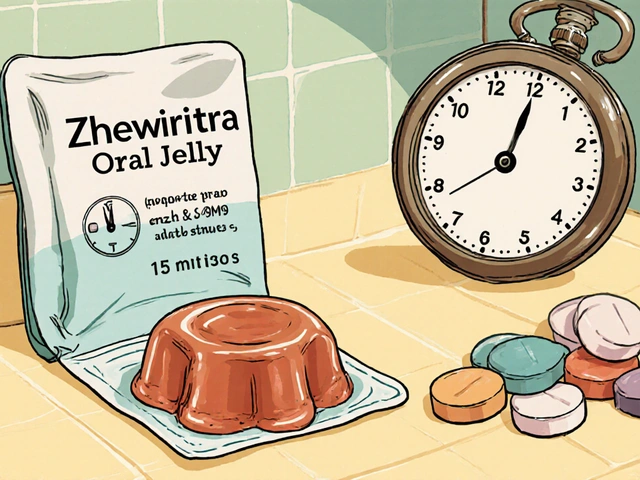Paroxetine: What It Is, How It Works, and What You Need to Know
Paroxetine is a prescription medication most people know by the brand name Paxil. It belongs to the SSRI (selective serotonin reuptake inhibitor) class, which means it helps balance serotonin levels in the brain. Balanced serotonin can lift mood, ease anxiety, and improve sleep, which is why doctors often turn to paroxetine for several mental‑health conditions.
When Is Paroxetine Prescribed?
Typical reasons to get a paroxetine script include major depressive disorder, generalized anxiety disorder, panic disorder, social anxiety, and obsessive‑compulsive disorder. Some doctors also use it for post‑traumatic stress or certain phobias. If you’ve been diagnosed with any of these, your clinician might suggest a low starting dose and then adjust it based on how you feel.
How to Take It Safely
Paroxetine comes in tablets or a liquid form. Most adults start with 20 mg once a day, usually in the morning to avoid insomnia, but the dose can go up to 50 mg if needed. Take the pill with water and try to keep the timing consistent. Do not stop abruptly—tapering off under a doctor’s guidance helps prevent withdrawal symptoms like dizziness or brain‑zaps.
Food doesn’t drastically change absorption, so you can take it with or without meals. If you miss a dose, take it as soon as you remember unless it’s almost time for the next one; then just skip the missed pill.
Side Effects You Might Experience
Common side effects are nausea, dry mouth, sweating, and a bit of weight change. Some people notice a temporary dip in energy or a mild headache during the first two weeks. Serious but rare reactions include severe allergic rash, fast heartbeat, or signs of serotonin syndrome (confusion, rapid breathing, fever). If any of these pop up, call your doctor right away.
Because paroxetine can affect sexual function, many patients report decreased libido or difficulty achieving orgasm. Talk openly with your prescriber if this becomes a problem—dose tweaks or a different SSRI might help.
Drug Interactions to Watch
Paroxetine mixes poorly with certain medications, especially other antidepressants, blood thinners like warfarin, and some migraine treatments called triptans. Over‑the‑counter supplements such as St. John’s wort can also raise serotonin levels and trigger issues. Always list every drug and supplement you use before starting paroxetine.
Buying Paroxetine Online – What to Check
If you need a refill and prefer an online pharmacy, look for a site that requires a valid prescription, offers pharmacist support, and displays clear contact info. In Australia and the U.S., reputable pharmacies will verify your prescription before shipping. Avoid “no‑prescription” offers; cheap prices aren’t worth risking counterfeit pills.
Compare prices, read customer reviews, and check if the pharmacy is accredited by a national board (e.g., NABP in the U.S.). A legitimate site will also give you a way to ask questions about dosage or side effects.
Bottom Line
Paroxetine can be a lifeline for depression and anxiety when taken correctly. Knowing the right dose, staying alert for side effects, and using a trusted pharmacy are the three pillars of safe use. Keep an open line with your health‑care provider, and you’ll maximize the benefits while minimizing risks. Regular follow‑ups let you tweak the treatment before problems creep up.





